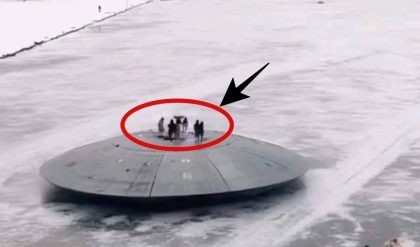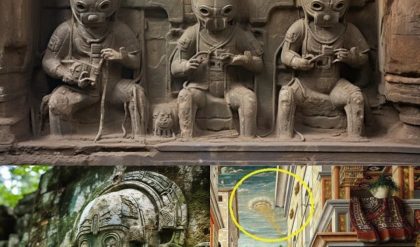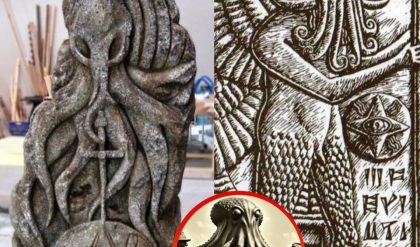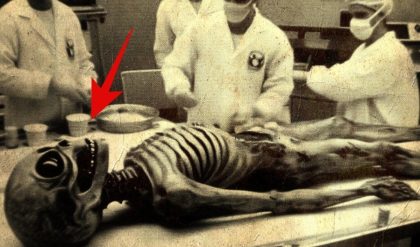The ancient city of Pompeii, buried in ash and pumice during the catastrophic eruption of Mount Vesuvius in AD 79, has long fascinated historians, archaeologists, and the public. Among the most haunting discoveries at the site are the preserved “human remains,” which have sparked countless stories, theories, and myths. But what is the real story behind these remains? Let’s delve into the truth about Pompeii’s most famous and tragic relics.
The Eruption and Its Aftermath
When Mount Vesuvius erupted, it unleashed a deadly combination of pyroclastic flows, hot ash, and gases that engulfed Pompeii in a matter of hours. The city’s inhabitants, unaware of the magnitude of the impending disaster, were caught in the eruption’s fury. As the ash rained down and the ground trembled, many people sought refuge in their homes, temples, and public spaces. But there was no escape.
The intense heat, combined with the rapid accumulation of volcanic material, resulted in the swift death of Pompeii’s residents. Their bodies were buried under layers of ash, preserving the positions in which they perished. Over time, the organic material of the bodies decomposed, leaving voids in the hardened ash layers.

The Creation of the ‘Plaster Casts’
In the 19th century, archaeologists exploring Pompeii discovered these voids and recognized their significance. To preserve the impressions left by the bodies, they developed a technique to fill the voids with plaster. This process created detailed casts that captured the final moments of Pompeii’s residents, from their facial expressions to the positions of their limbs.
These plaster casts, often mistaken for actual human remains, are not the bodies themselves but rather the negative spaces where the bodies once lay. The process has allowed for a poignant glimpse into the last moments of Pompeii’s citizens, preserving the tragic reality of the disaster in a uniquely vivid way.
Myths and Misconceptions
Over the years, many myths have arisen regarding the “human remains” at Pompeii. Some believe that the casts are the actual petrified bodies of the victims, frozen in time by the volcanic eruption. In reality, the true remains have long since decayed, leaving only skeletal remains and the empty spaces filled with plaster.
Another common misconception is that the victims died instantly from the ash and pumice. While some may have succumbed to the initial fallout, many likely died from the intense heat of the pyroclastic flows, which could reach temperatures of up to 1,000 degrees Celsius. The heat was so intense that it likely caused instant death, and in some cases, it may have even vaporized bodily fluids, leading to the preservation of the body’s shape in the surrounding ash.
The Real Human Remains
While the plaster casts are the most famous representations of Pompeii’s victims, actual human remains have been found at the site. These skeletal remains, uncovered in various parts of the city, provide valuable insights into the lives of Pompeii’s inhabitants. Analysis of the bones has revealed information about the health, diet, and even the cause of death of some of the victims. In some cases, archaeologists have found bones fused together by the intense heat, further illustrating the ferocity of the eruption.
The Human Stories Behind the Remains
What makes the remains at Pompeii so compelling is the human stories they tell. The casts reveal a range of emotions and actions: a mother clutching her child, a man shielding his face from the ash, a dog curled up in a futile attempt to protect itself. These snapshots of life frozen in time remind us that Pompeii was a thriving city, home to real people who lived, worked, and loved.
Archaeologists have also uncovered other poignant artifacts near the remains, such as jewelry, tools, and everyday items, providing a fuller picture of life in Pompeii. These objects, combined with the plaster casts, paint a vivid picture of the city’s last moments and serve as a powerful reminder of the fragility of human life in the face of nature’s fury.
Preserving Pompeii’s Legacy
Today, the preservation of Pompeii continues to be a priority for archaeologists and conservationists. The plaster casts, along with the skeletal remains, are carefully studied and maintained to ensure that future generations can learn from this tragic chapter in history. Advances in technology, such as 3D scanning and digital reconstruction, are helping to preserve the site and its artifacts in new ways, allowing for ongoing research and education.
The story of Pompeii and its “human remains” is a testament to the power of nature and the resilience of human memory. As we continue to uncover the truths buried beneath the ash, we honor the lives lost and ensure that the lessons of Pompeii are never forgotten.






